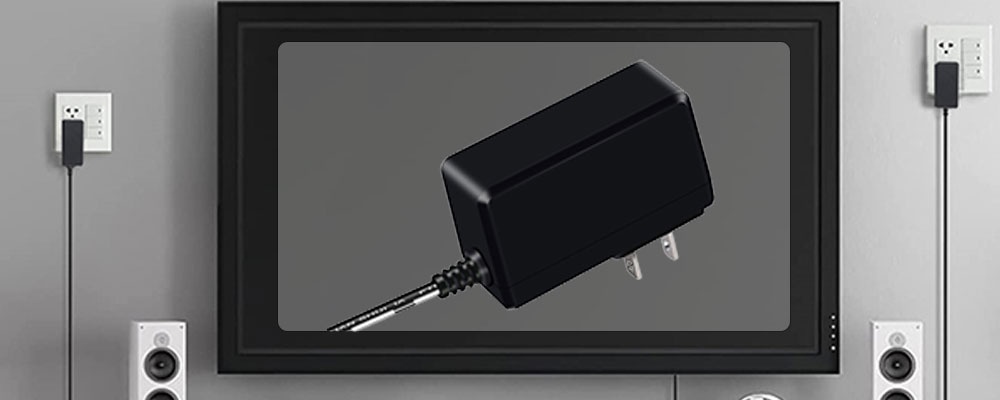
An LPS rated power supply is designed for safety reasons to conform to a maximum permitted output voltage, output current and output power rating. Regulatory agencies have created many designators for external power supplies which conform to different sets of specifications. The LPS (Limited Power Source) requirements are specified in the latest IEC 62368-1 and 60950-1 standard are used to define power supplies with the maximum performance capabilities mentioned above. The benefit to customers of LPS power supplies is system installers can follow relaxed requirements regarding the wiring and physical installations of loads powered by modules certified as LPS. Understanding the basic specifications for LPS power supplies will help to explain why certain power supplies qualify as LPS while others do not.
Power supplies which qualify as LPS are recognized as unlikely to cause electrocution or a fire due to the limitations on the output current and voltage they can deliver to a load. The following is a summary of the specifications for power supplies certified as LPS with inherent power delivery limits:
VA = Volts * Amps
Voc = Open circuit output voltage (no load)
Dc voltage less than or equal to 30 Vdc or substantially sinusoidal ac voltage less than or equal to 30 VACrms
Maximum short circuit current of 8 A
Maximum VA of 100
Maximum marked output power rating of 5 A * Voc
Maximum marked output current rating of 5 A
Dc voltage with ripple greater than 10% of the peak or non-sinusoidal ac voltage
Maximum peak voltage of 42.4 V
Maximum short circuit current of 8 A
Maximum VA of 100
Maximum marked output power rating of 5 A * Voc
Maximum marked output current rating of 5 A
Dc voltage greater than 30 Vdc and less than or equal to 60 Vdc
Maximum short circuit current of 150 VA/Voc
Maximum VA of 100
Maximum marked output power rating of 100 VA
Maximum marked output current rating of 100 VA/Voc